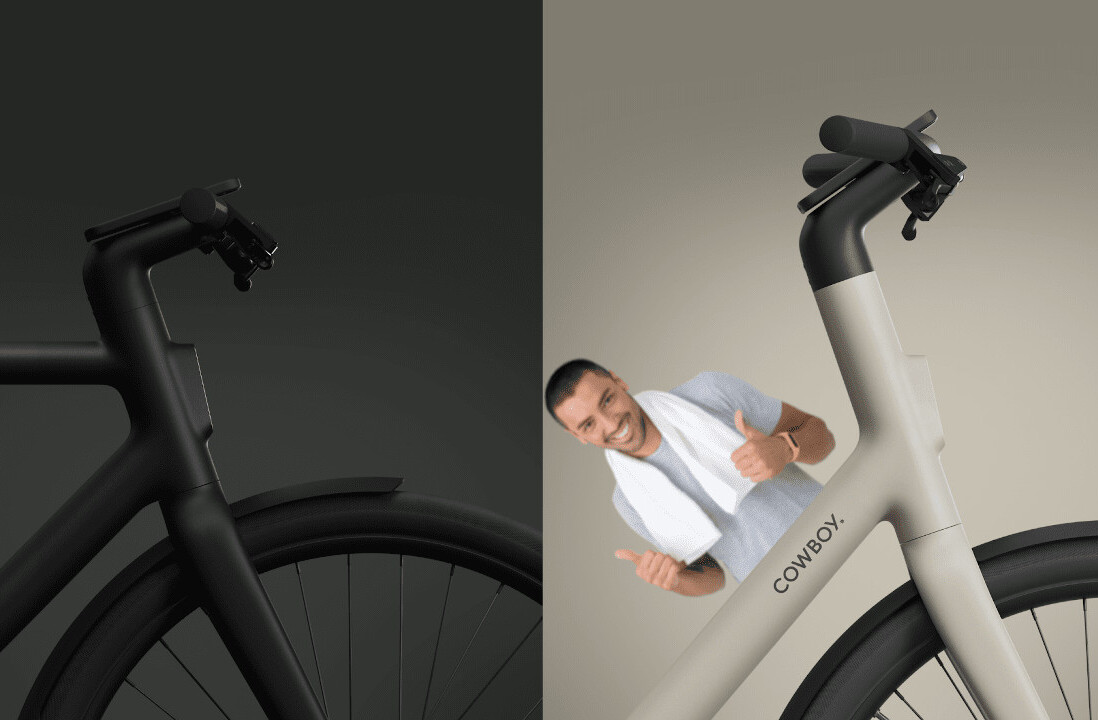
This week, new research found that roundabouts are overrepresented in bike accidents.
Dutch traffic bureau VIA looked at registered accidents at intersections that involved cyclists between 2014 and 2021. It found most of the intersection bike crashes in the Netherlands occur at roundabouts. Specifically, 12% of the total bike crashes involved intersections or almost one in eight.
Roundabouts are designed to improve traffic flow — particularly for car drivers — by removing stop signs and traffic lights. They reduce the number of conflict points between road users, and the speed of vehicles at intersections.
VIA Traffic expert Erik Donkers told Het Parool that with ebikes, cyclists no longer move at the same speed. This makes it more difficult for drivers to gauge whether they have time to enter the intersection:
“A roundabout is more complicated anyway: as a road user you have four conflict points. If a car hits a bicycle on a roundabout, even at low speed, things quickly go wrong.”
He suggests that the solution is changing current rules regarding priority at roundabouts, which now favor those on bicycles.
“Reversing the right of way gives the cyclist more responsibility and possibly prevents a false sense of safety.”
Existing research offers an incomplete picture of the cyclist roundabout experience

In 2021, Niranjan Poudel & Patrick A. Singleton performed a literature review of 49 different studies of bicycles and roundabouts.
For example, in 2008, researchers in Belgium found that their installation led to a 27% increase in “bicyclist injury collisions” and an increase of 40% in severe or fatal injury crashes involving cyclists.
However, Poudel & Singleton note that many studies only analyze bicycle crash data or observe driver/cyclist behaviors and interactions, which offer an incomplete picture of cycling.
Further, only a few researchers surveyed cyclists’ safety perceptions. For example, cyclists may avoid intersections because they perceive them as difficult to navigate or unsafe, and researchers should represent this in their data.
However, their research suggests that higher-speed, multi-lane roundabouts are the worst for cyclists.
When cyclists “take the lane” and operate like vehicles, they are more likely to experience difficulties with entering drivers who may have “looked but failed to see” (and thus failed to yield to) the cyclist.
The researchers contend that the safest roundabouts are small with larger or higher central islands, single lanes, low traffic speeds, and a low volume of motor vehicle traffic.
New classes of vehicles may create novel challenges for road harmony
Road challenges are coming before we even think of autonomous vehicles. The next decade forecasts an influx of two-, three-, and four-wheel light electric vehicles from ebikes to autocycles.
Most are far smaller than standard cars (EV or ICE) and operate differently. Some can only travel in bike lanes, and others have free rein.
They may experience some of the same challenges as cyclists when interacting with car drivers. Australian bike and motorcycle riders use the expression SMIDSY (Sorry mate, I didn’t see you) as a common challenge in sharing the road with drivers. And as the roads get more diverse, how we navigate them may need a re-evaluation
Get the TNW newsletter
Get the most important tech news in your inbox each week.





